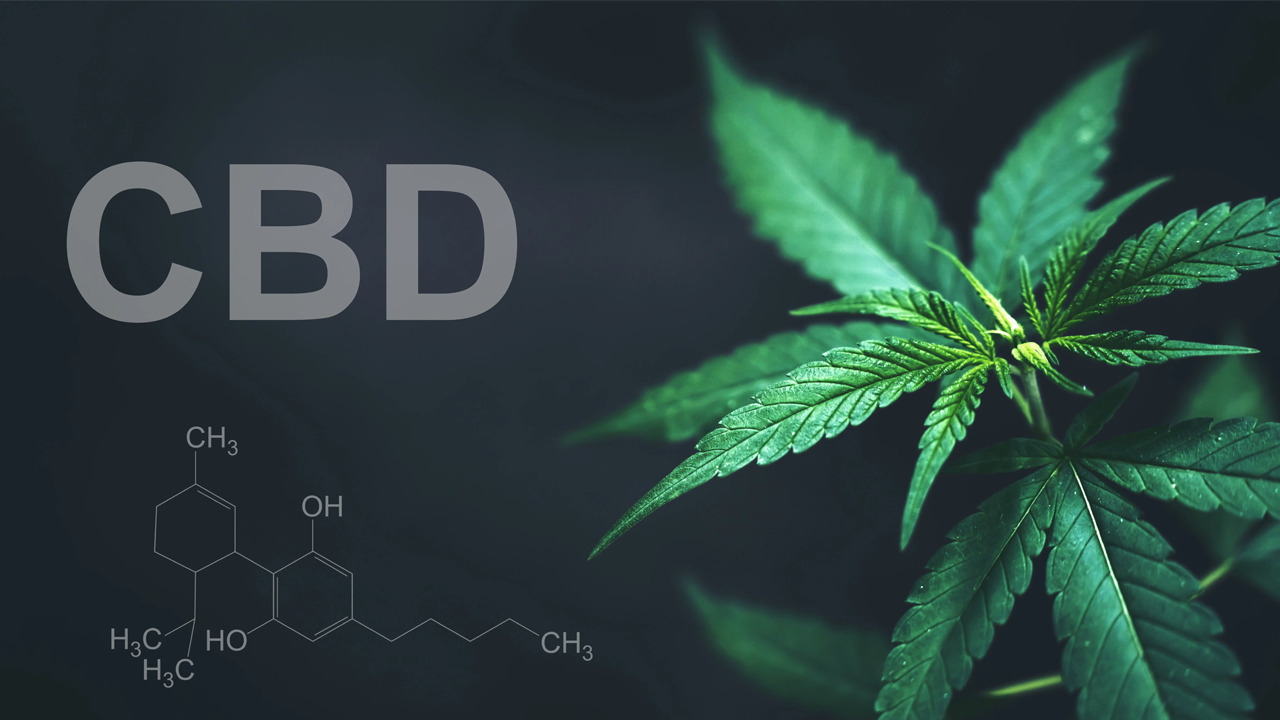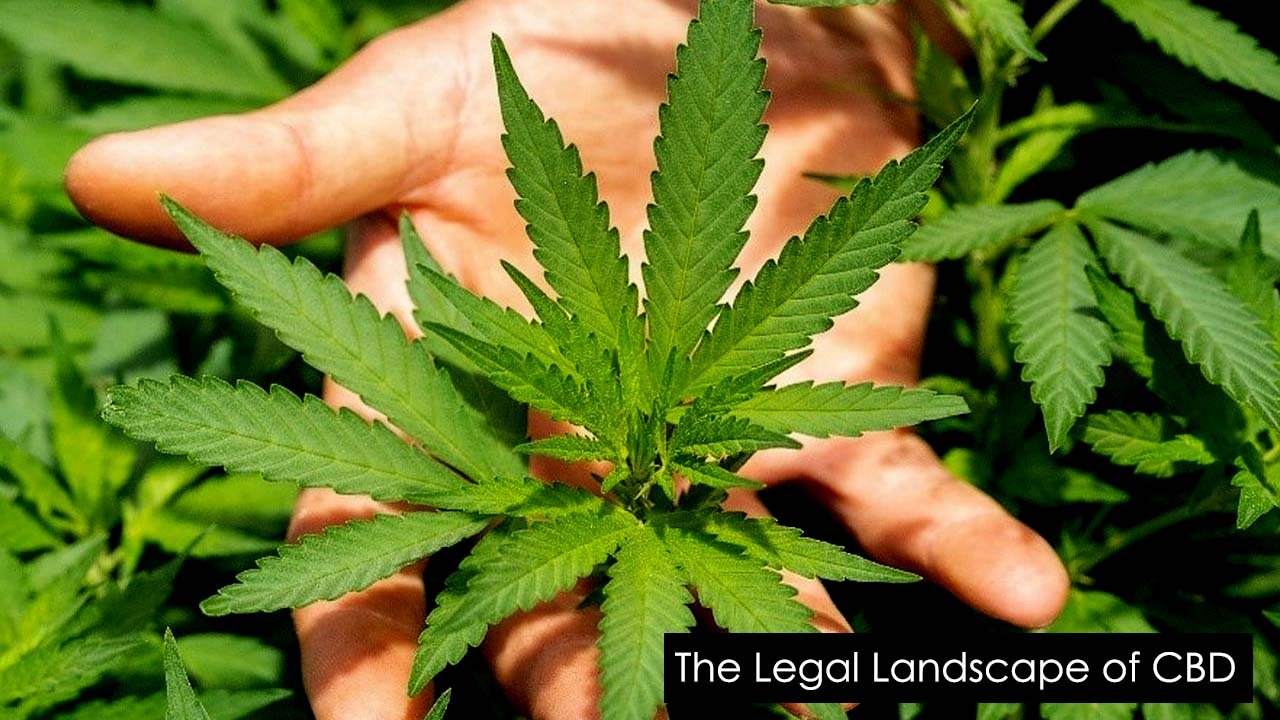Dilated Common Bile Duct (CBD): Diagnosis Treatment and Management

The common bile duct (CBD) plays a pivotal role in the digestive system, transporting bile from the liver and gallbladder to the duodenum. Occasionally, the CBD may become dilated, a condition that requires prompt attention. This article delves into the intricacies of a dilated CBD, shedding light on diagnosis, treatment, and long-term management.
Explore the Contents
What Causes a Dilated Common Bile Duct?
A dilated Common Bile Duct (CBD) can arise from a variety of causes. Often, it is attributed to the presence of gallstones that obstruct the flow of bile, leading to dilation. Other common causes include biliary strictures, which are narrowing due to scar tissue, benign or malignant tumors blocking the duct, or chronic inflammation, as seen in chronic pancreatitis.
Additionally, in some cases, the CBD naturally dilates with age without a specific underlying pathology. Identifying the cause is essential for effective treatment and management. A dilated CBD can be attributed to several reasons
- Gallstones: The most common cause where stones obstruct the flow of bile. Gallstones are solid particles that form in the gallbladder, a small organ beneath the liver. They can range in size from tiny grains to as large as a golf ball. Gallstones can cause pain and blockages in the bile ducts, leading to complications like inflammation or infections.
- Biliary Strictures: Scar tissue that narrows the ducts. Biliary strictures refer to a narrowing or blockage of the bile ducts. These strictures can arise from inflammation, injury, or diseases like chronic pancreatitis and cholangitis. Left untreated, they can lead to bile buildup, jaundice, and liver complications.
- Tumors: Either benign or malignant growths can obstruct the duct. Tumors are abnormal growths that can be benign (non-cancerous) or malignant (cancerous). They can originate in any body tissue or organ, potentially disrupting its function. Early detection and treatment are crucial to manage and prevent potential health complications.
- Chronic Pancreatitis: Long-term inflammation of the pancreas. Chronic pancreatitis is a persistent inflammation of the pancreas, often resulting from long-term alcohol abuse or gallstones. The condition can lead to digestive problems and reduced insulin production. Over time, it may cause irreversible damage to the pancreas and other complications.
- Aging: Duct dilation may occur naturally as we age. Aging is a natural and inevitable process that results in gradual physiological changes in the body. Over time, cellular mechanisms slow down, leading to reduced resilience and repair capabilities. The effects of aging manifest in wrinkles, reduced energy, and an increased risk of chronic diseases.

Diagnostic Techniques for Dilated CBD
The diagnosis of a dilated Common Bile Duct (CBD) employs several medical techniques. An ultrasound, a non-invasive method, is commonly the first step, providing real-time images of the bile duct.
If further clarity is needed, Magnetic Resonance Cholangiopancreatography (MRCP) offers detailed visuals of the biliary system. In cases requiring both diagnostic and therapeutic intervention, Endoscopic Retrograde Cholangiopancreatography (ERCP) is utilized, combining endoscopy and X-ray imaging.
These methods ensure accurate identification and assessment of CBD dilation and its underlying causes. Early and accurate diagnosis is key. Here are some primary diagnostic tools
- Ultrasound: A non-invasive imaging test providing real-time images of the bile duct. Ultrasound is a non-invasive imaging technique that uses high-frequency sound waves to produce real-time images of internal body structures. It’s widely used in medical settings for diagnostics, monitoring, and guiding certain procedures.
- MRI/MRCP: Offers detailed visuals of the biliary and pancreatic ducts. MRI (Magnetic Resonance Imaging) is an advanced imaging method that utilizes magnetic fields to generate detailed body images. MRCP (Magnetic Resonance Cholangiopancreatography) is a specialized MRI technique focused on capturing detailed images of the biliary and pancreatic ducts.
- Endoscopic Retrograde Cholangiopancreatography (ERCP): A procedure combining endoscopy and X-rays to treat and diagnose bile or pancreatic duct conditions.
- Blood Tests: Elevated liver enzymes might indicate bile duct problems .Blood tests are diagnostic tools that analyze blood samples for various markers, indicating health or disease. They provide crucial insights into organ function, potential infections, and other medical conditions.
Treatment Approaches
Treatment approaches for medical conditions vary based on the underlying cause and severity of the issue. Generally, early intervention combines pharmacological solutions, like antibiotics for infections or medications to dissolve blockages, with non-invasive techniques.
In cases where obstructions, such as gallstones or tumors, are identified, Endoscopic Retrograde Cholangiopancreatography (ERCP) can be used both diagnostically and therapeutically to remove these obstructions.
In more severe instances, surgical interventions might be necessary. It’s essential to tailor the treatment to the individual’s needs, ensuring optimal outcomes and recovery .Depending on the cause, various treatments are available
- ERCP with Stone Removal: Used for gallstones; stones can be removed during the procedure. ERCP (Endoscopic Retrograde Cholangiopancreatography) is a procedure that combines endoscopy and X-rays to examine bile and pancreatic ducts. When gallstones are detected, they can be directly removed during the ERCP, relieving obstructions and associated symptoms.
- Biliary Stenting: To keep the duct open, a stent may be inserted. Biliary stenting involves placing a small tube (stent) within the bile duct to keep it open. This procedure is commonly employed to alleviate obstructions or narrowing, ensuring bile can flow freely from the liver to the intestine.
- Surgery: Required for tumors or severe strictures, removing the obstruction. Surgery is a medical procedure involving an incision to repair, remove, or replace a particular body part or tissue. Depending on the condition, surgeries can range from minimally invasive laparoscopic procedures to major open surgeries, each tailored to the patient’s specific needs.
- Medications: Antibiotics for infections or medicines to dissolve gallstones. Medications are substances used to diagnose, treat, or prevent diseases and medical conditions. They can be administered in various forms, such as oral tablets, injections, or topical creams, depending on the ailment and desired therapeutic effect.

Long-term Management and Follow-up
Long-term management and follow-up are crucial for conditions that have been treated to ensure no recurrence or complications arise. This often involves routine imaging, such as ultrasound or MRI scans, to continuously monitor the affected area. Patients may also need to adhere to prescribed medications or dietary adjustments to maintain optimal health. Regular check-ups with a medical professional are paramount, as they provide an opportunity to track progress, address potential issues, and make necessary modifications to the treatment plan, ensuring sustained well-being. To prevent recurrence or complications
- Routine Imaging: Regular ultrasound or MRI scans to monitor the bile duct. Routine imaging involves scheduled diagnostic scans to monitor health conditions or track the progress of a treatment. These regular check-ups, utilizing tools like X-rays, MRIs, or ultrasounds, ensure early detection and intervention for potential complications.
- Medication Adherence: Ensuring continuous intake if prescribed. Medication adherence refers to the consistent and correct use of prescribed medicines as directed by a healthcare provider. Ensuring adherence is crucial for optimal therapeutic outcomes and to prevent potential complications or worsening of conditions.
- Dietary Adjustments: A low-fat diet may be beneficial.Dietary adjustments involve modifying one’s food intake to achieve specific health goals or manage medical conditions. Tailored dietary changes can aid in symptom relief, disease management, and overall well-being, depending on individual needs.
- Regular Doctor Visits: Essential for patients with chronic conditions. Regular doctor visits are essential for preventative care and early disease detection. These check-ups provide an opportunity to review one’s health status, address concerns, and adjust treatment plans as needed.
Conclusion: Common Bile Duct CBD
In navigating the vast landscape of medical concerns and interventions, understanding each component is vital. From initial diagnosis methods like ultrasound and blood tests to treatment avenues including surgeries and medications, each plays a pivotal role in patient care. Regular monitoring through doctor visits and adherence to prescribed regimes ensures optimal health outcomes. As with all health matters, timely intervention and a proactive approach are the cornerstones of effective medical care and management.
Read More: Is Non Dilated CBD Good or Bad 2023 Latest
FAQs: Common Bile Duct CBD
- What is the difference between an MRI and an MRCP?
- While both MRI and MRCP utilize magnetic resonance imaging, MRI provides images of various body parts, whereas MRCP is a specialized technique specifically focused on obtaining detailed images of the biliary and pancreatic ducts.
- How often should I have routine imaging done?
- The frequency of routine imaging depends on the individual’s health condition, age, and the doctor’s recommendation. Some conditions require annual check-ups, while others might necessitate more frequent monitoring.
- What can cause a dilated Common Bile Duct (CBD)?
- Causes for a dilated CBD can include gallstones, biliary strictures, tumors, chronic inflammation like pancreatitis, and in some cases, the natural aging process.
- How crucial is medication adherence in treatment?
- Medication adherence is vital for achieving the best therapeutic outcomes. Non-adherence can lead to the disease’s progression, reduced effectiveness of the drug, and potential complications.
- Do dietary adjustments really make a difference in managing medical conditions?
- Absolutely! For many conditions, especially those related to digestion, metabolism, and cardiovascular health, dietary adjustments can significantly aid in symptom relief, disease management, and overall well-being. Always consult a healthcare provider or nutritionist for tailored advice.





